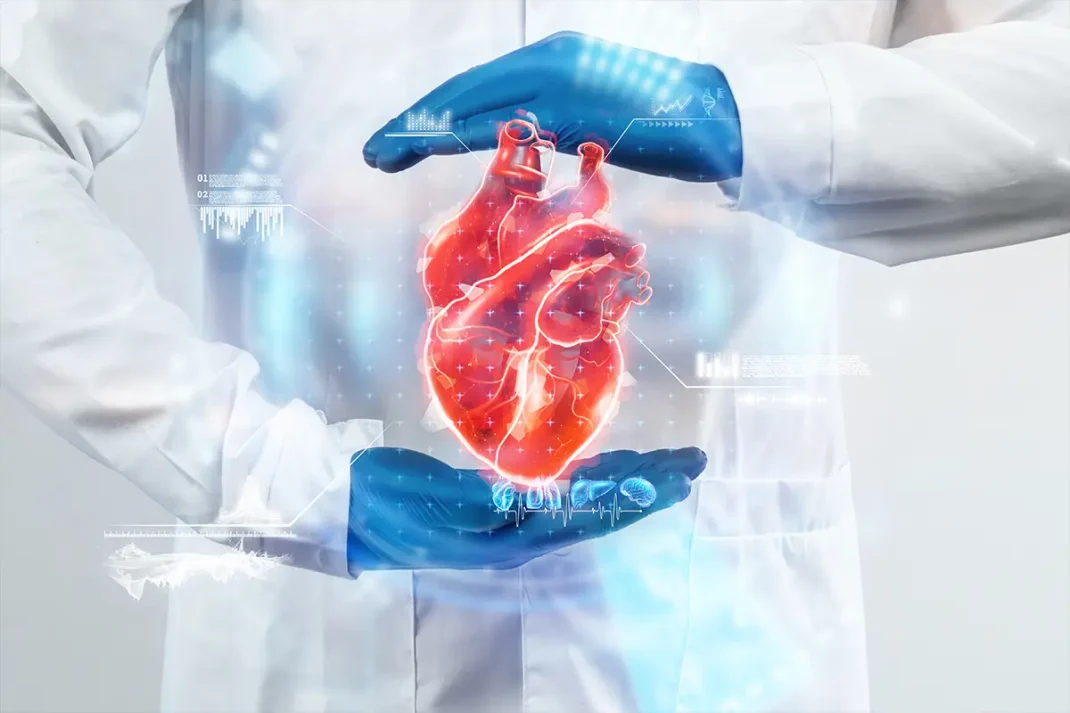A heart attack is the inability of the heart muscle to receive enough oxygen due to the sudden blockage of the arteries that feed the heart, resulting in damage to the heart tissue. In the arteries that provide blood flow to the heart, substances such as cholesterol and fat accumulate on the vessel walls and form structures called plaques. In this process, the arteries narrow over time. Then the clots that develop in the cracks formed on the plaques block the vessels.
What is the Signs of Heart Attack?
During a heart attack, the person feels a sudden tightness on the chest with the feeling of pain. In general, there is a feeling of narrowing and pain in every crisis. Chest pain is the first symptom. On the other hand, not every chest pain or heart pain indicates a heart attack. Experts also need to consider other symptoms. Because the angina pectoris can often be confused with indigestion or stomach aches by patients. These are also among the chest pain causes.
Among the symptoms of a heart attack, shortness of breath is also an important symptom. In some cases, the person does not feel pain during the crisis. Sometimes, shortness of breath may occur before or after the pain. Common symptoms include pain in the general upper part of the trunk.
The pain may intensify especially in the arms and shoulders of the patient. Pain and numbness in the arm is a common symptom of a heart attack. Sudden cold sweat, sudden dizziness, nausea, vomiting, and sudden attacks of fatigue without any reason can be seen among the symptoms of a heart attack.
1. Pain
It is intensely seen on the left side of the rib cage, but because the pain is very severe, a severe pain can be felt in the left arm, as well. Especially in women, this pain can be felt in the lower abdomen and back with the left side chest pain.
2. Sweating
Except for an intense movement and exercise, abnormal sweating is not normal. It can indicate heart problems. On the other hand, cold sweats can also be seen frequently in times of crisis.
3. Dizziness:
This symptom is common especially in female patient. When it happens, the nearest hospital should be consulted without neglecting it.
4. Palpitation:
Palpitation can be confused with a heart attack. Because it is a common symptom in psychological disorders. It can be a sign of a heart attack along with other symptoms.
What Does a Silent Heart Attack Feel Like?

There are also so-called latent heart attacks, in which the pain is not felt severely. Silent heart attacks are common, especially in diabetics.
Costochondritis or Heart Attack
Chest pain in adults is considered to indicate heart problems until proven otherwise. Various tests such as blood tests and EKG may be needed to rule out heart problems in a person with chest pain. Patients who complain of chest pain and are therefore evaluated by cardiologists are generally evaluated by a pulmonologist if no cardiac pathology is detected. In the absence of a lung-related problem, they are referred to physical therapy and rehabilitation outpatient clinics in terms of musculoskeletal system pathologies. It should be noted that sometimes stomach and biliary tract problems can also be felt as chest pain.
At least one fourth of patients who come to the emergency department with chest pain are diagnosed with chest wall pain. That indicates the problem is related to the musculoskeletal system. When it is seen that the person does not have heart or lung disease as a result of the examinations and the physical examination is compatible, the diagnosis of costochondritis can be made.
Costochondritis is more common in women than men. It is more common after the age of 40. Often the cause cannot be determined. There is no specific test for diagnosis. Sometimes it may have developed as a result of infection or thoracic surgery. Gallium scintigraphy can be performed if the suspicion of infection is high. In case of infection, values associated with inflammation increase in blood tests. Chest pain may also be due to a lung infection. To evaluate this, X-ray film is taken for the lung.
Tietze Syndrome
Tietze syndrome can sometimes be expressed as costochondritis. However, the two situations are different. In Tietze syndrome, the pain begins suddenly, radiates to the shoulder or arms. It persists for several weeks or months. In addition to pain and tenderness in the joint area of the rib, there is swelling as well. It is a rare problem. Tietze syndrome most commonly affects the 2nd and 3rd ribs, while costochondritis most commonly affects the 4th, 5th and 6th ribs. Tietze syndrome is more common in young people and affects men and women equally.
Heart Attack Symptoms in Women
For women, heart attack symptoms are milder and pain is seen as the less of the main complaint. Patients can feel pain in the back, arm, neck and jaw without chest pain. Patients may have complaints of distress and shortness of breath without pain.
For having more information, please visit our website.
The 4 signs of heart attack are pain, sweating, dizziness and palpitation.
Most people recovers and live a healthy life after heart attack.
It is a stress-related disorder. Stress may be the reason for high blood pressure which can cause a heart attack.